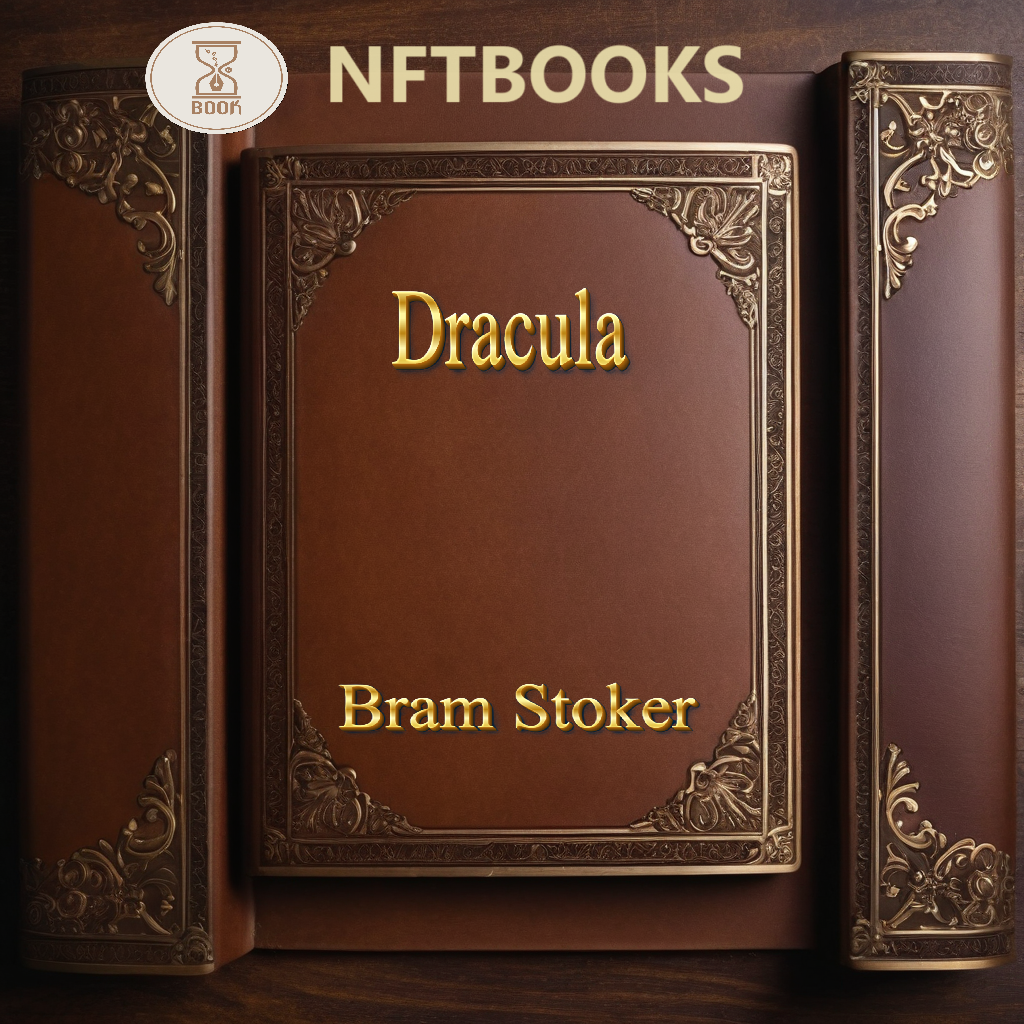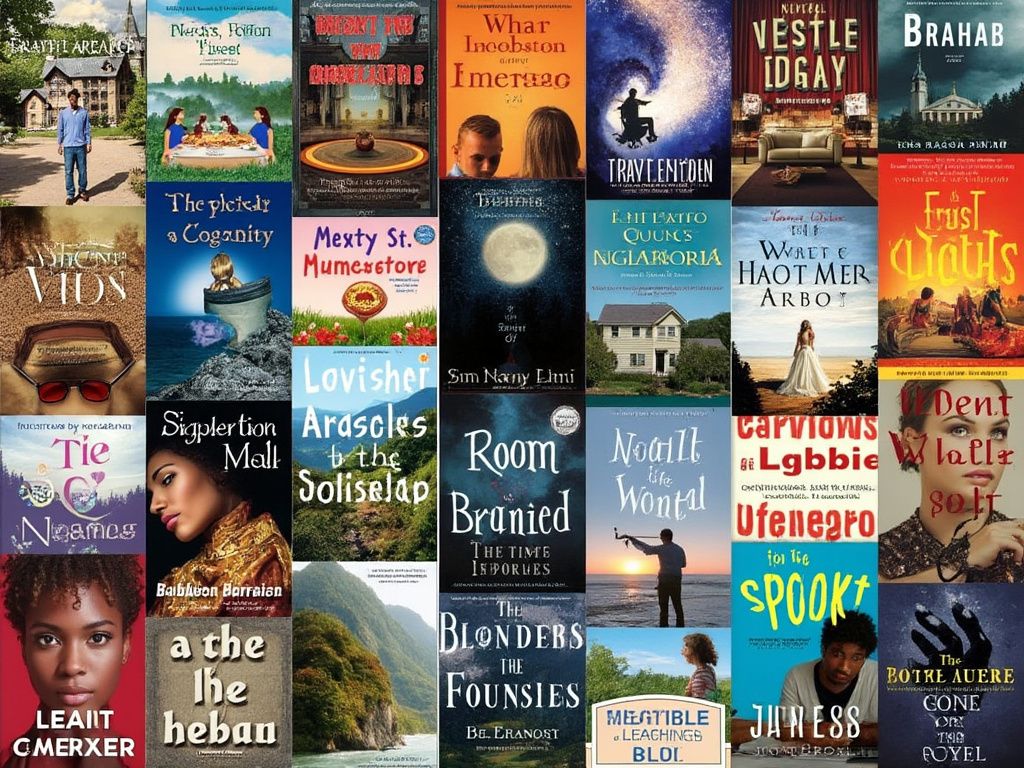One of the most beloved novels in English literature, Pride and Prejudice by Jane Austen has stood the test of time with its sharp wit, social commentary, and unforgettable characters. First published in 1813, this classic story of love, class, and miscommunication continues to resonate with readers worldwide. The narrative focuses on Elizabeth Bennet, an intelligent, spirited young woman, and her tumultuous relationship with the proud and aloof Mr. Darcy. Through these central characters, Pride and Prejudice explores the rigid class distinctions and societal norms of early 19th-century England.

At its heart, Pride and Prejudice is a tale of self-discovery, personal growth, and the importance of first impressions. The novel reveals how both Elizabeth and Darcy must confront their own pride and prejudices before they can truly understand each other. Austen’s keen observations of human nature are masterfully woven into the narrative, creating a story that is as humorous as it is insightful. Her prose, filled with irony and satire, makes Pride and Prejudice a timeless work that continues to captivate new generations of readers.
The Characters and Their Growth
Pride and Prejudice stands out for its rich character development. Elizabeth Bennet is one of literature’s most iconic heroines. She is known for her wit, charm, and independence. Elizabeth challenges societal expectations placed on women of her time. She refuses to marry without love or respect. Her relationship with Mr. Darcy drives the plot of the Pride and Prejudice novel. Both must overcome their initial judgments and biases to find happiness.
Mr. Darcy seems cold and condescending at first. However, he reveals depth and integrity as the story progresses. His transformation from an arrogant aristocrat to a devoted partner reflects the theme of personal growth. Their evolving relationship is filled with tension, humor, and warmth. This dynamic makes it one of the most memorable love stories in literature.
Supporting characters enrich the story. Mr. Bennet adds dry humor, while Mrs. Bennet focuses solely on marrying off her daughters. They provide comic relief and highlight societal pressures surrounding marriage. Charlotte Lucas and Lydia Bennet contrast Elizabeth’s independence. Their roles critique the limited options available to women in Austen’s time.
Social Commentary and Themes
Pride and Prejudice offers more than a love story. It provides sharp commentary on class divisions and gender roles. Austen critiques the social hierarchy and how money influences relationships. Lady Catherine de Bourgh represents the rigid class structure. Mr. Collins shows the absurdity of blind social obedience.
The novel explores marriage as both a social need and a personal choice. Elizabeth and Darcy’s relationship criticizes marriage as a financial or social transaction. Their union symbolizes equality and mutual respect—a bold idea in Austen’s time.
Self-awareness is another major theme. Elizabeth must overcome her quick judgments. Darcy must confront his pride. Only then can they truly understand and love each other. This growth reinforces the idea that true love requires overcoming pride and prejudice.
Historical Impact and Editions
Pride and Prejudice has left a lasting legacy. The book has been reprinted countless times. Its themes inspire films and modern adaptations. The Jane Austen Pride and Prejudice first edition is now a rare, valuable collector’s item. Enthusiasts cherish early copies of this literary masterpiece.
Austen’s novel has influenced many literary works and adaptations. Contemporary novels, TV series, and films continue to draw from her story. Austen’s exploration of relationships, class, and growth keeps Pride and Prejudice relevant today. Her timeless insights make the novel universally relatable and enduringly popular.
Final Thought
Jane Austen’s Pride and Prejudice is a timeless exploration of love, society, and human nature. Its memorable characters, particularly Elizabeth Bennet and Mr. Darcy, embody the challenges of overcoming personal flaws and societal expectations in the pursuit of happiness. Through Austen’s sharp wit and keen social commentary, readers are invited to reflect on their own biases and judgments, making the novel as thought-provoking today as it was in the 19th century. For anyone who enjoys a brilliant blend of romance, humor, and insight into human nature, Pride and Prejudice is a must-read.
You might be interested in reading Romeo and Juliet as well.
Pride and Prejudice continues to captivate readers with its powerful message about love and equality, wrapped in a story of unforgettable wit and charm. Jane Austen’s masterpiece holds a special place in the literary canon and will undoubtedly continue to be celebrated for generations to come.
More Book Reviews on NFTBOOKS platform is HERE.







